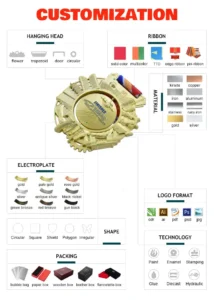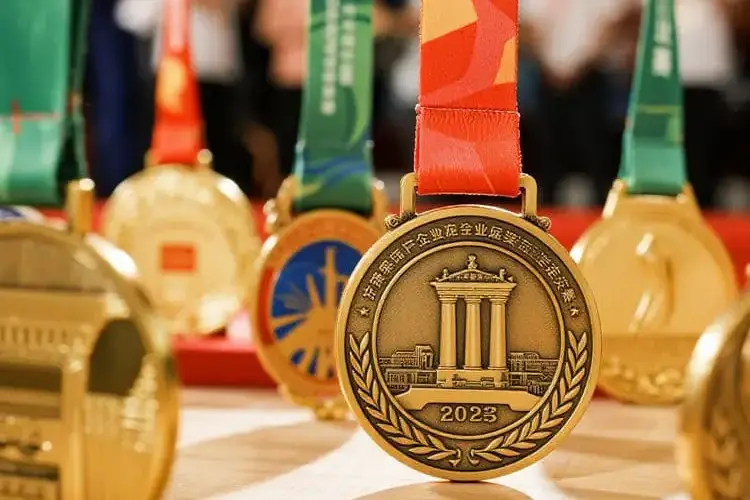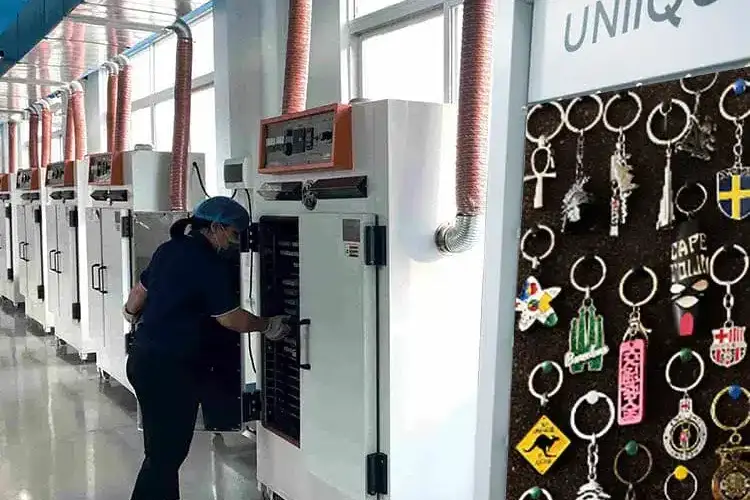How to Design a Custom Medal?
A Step-by-Step Guide to Crafting Your Unique Award
Designing a custom medal is an exciting process that allows you to create a truly unique and meaningful award. Whether you’re commemorating a sporting achievement, recognizing corporate excellence, or celebrating a special event, a well-designed medal leaves a lasting impression. This guide will walk you through the essential steps to design a custom medal that perfectly captures the spirit of your occasion.
Understanding the Fundamentals of Medal Design
Key Considerations Before You Start
Step-by-Step Design Process
Step 1: Conceptualization and Brainstorming
Step 2: Choosing the Right Shape and Size

Step 3: Selecting Materials and Finishes
Step 4: Incorporating Design Elements (Front and Back)
 •Color Filling (Enamel): Hard enamel, soft enamel, or transparent enamel can be used to add vibrant colors to your design. Soft enamel creates recessed areas, while hard enamel provides a smooth, flush surface.
•Color Filling (Enamel): Hard enamel, soft enamel, or transparent enamel can be used to add vibrant colors to your design. Soft enamel creates recessed areas, while hard enamel provides a smooth, flush surface.Step 5: Designing the Ribbon
Step 6: Review and Production
Tips for an Outstanding Custom Medal Design
Conclusion
Designing a custom medal is a rewarding endeavor that allows you to create a lasting symbol of achievement. By carefully considering the purpose, materials, design elements, and working closely with a reliable manufacturer, you can craft a personalized award that will be cherished for years to come. Remember, every detail contributes to the story your medal tells.




